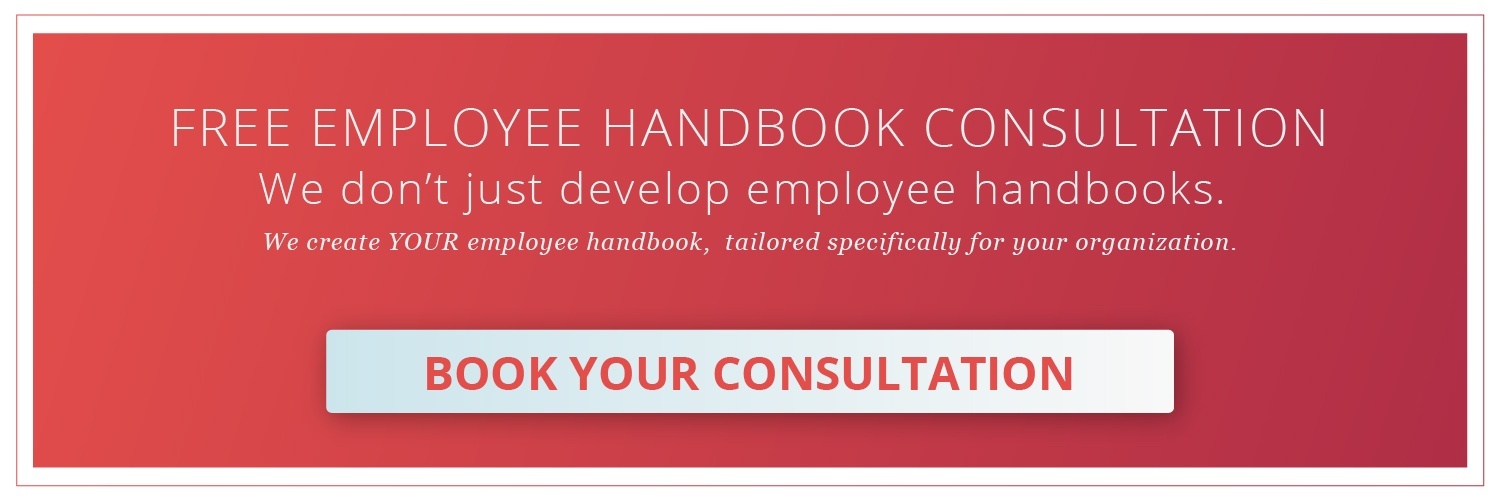Onboarding new employees effectively will greatly benefit any organization. Knowing just what to do and how to do it well, however, can be a challenge.

[This post was previously published in June 2018. It has been updated and revised to provide the most up-to-date information.]
Whether your company has an onboarding process or not, as an HR professional or manager, you probably understand how important it is.
And what your onboarding process should look like is determined primarily by your business model, your industry, the size of your organization and, most of all, by the culture of your organization.
Why Onboarding Matters
It's been shown repeatedly that the quality and depth of the new hire onboarding process directly impacts both employee loyalty and performance. What this means for businesses is higher employee retention rates along with lower acquisition costs, and a higher ROI from employee productivity.
An article from the Human Resource Executive® website notes that,
"Onboarding has long been a standard means by which organizations get new employees oriented and on the path to success. In this era of full employment, however, employers have become keenly aware of the importance of onboarding, as employees can easily find another job if the experience fails to meet their expectations.
According to a recent online survey conducted by The Harris Poll on behalf of CareerBuilder and SilkRoad, 93 percent of employers agree a good onboarding experience is critical to influence a new hire’s decision to stay with the organization."
For employees, long-term outcomes of good onboarding include job satisfaction and organizational commitment. In fact, when new employee onboarding is done correctly, it can lead to greater job satisfaction, lower turnover, higher performance levels, and lowered stress.
Seven Top Best Practices for Onboarding
There are a number of considerations that involved with the process of onboarding a new hire and many of these will vary depending on the business. However, there are a handful of best practices that apply to every business when it comes to successful onboarding:

Share this Image On Your Site
Onboarding Essentials: Documented Structure and Consistent Execution
It is vitally important to create and have a documented structure and procedures for your onboarding process. And, just as importantly, it's vital that your managers are consistent with it's execution as this is vital for success.
While these essentials are true for any process in your business, it is especially true for your onboarding process.
Too many businesses only provide a minimal amount of time and resources to the onboarding of their new employees. This inevitably leads to confusion, miscommunication, potential feelings of isolation and higher employee attrition. Study after study has shown that effective and comprehensive onboarding is one of the major keys in not only retaining employees, but getting and keeping them on a productive track.
Yet, many of these companies that are fond of saying that employees are their "most valuable resources" set themselves and their new hires up for potential failure right from the start.
Valued Assets or Commodities?
Your organization certainly believes that your most valuable resources and assets are your workers. You understand that without them, there would be no organization. And you likely also know that if they are unhappy, disgruntled or otherwise unengaged, that you are likely losing customers along the way.
And, ultimately, if you don't have customers you won't have a business. Starting employees off right as been statistically proven to greatly mitigate both employee attrition and lack of engagement. Consequently, your organization should willingly and intentionally invest in your employees from the very beginning with structured time, attention, and guidance.
Unfortunately, the larger the organization the more likely the value of this process may be overlooked or dismissed. According to a Gallup report,
"The larger an organization, the greater the chance of inconsistency and misalignment. Managers may be responsible for more employees than they can support effectively. Workers may feel like just another number with no understanding of how their role connects to the company's vision or strategies."
While it is often easier and more intuitive In smaller companies, since all employees are more likely to know each other and the management, structured onboarding is also much less common. Too often it is assumed that, over time, new employees will naturally learn how all the pieces fit together and understand the value of their role in the company. But, that is unfortunately not always true.
However, by developing and utilizing a comprehensive and well documented new hire onboarding process, these potential problems can be eliminated, regardless of and in spite of the size of your company.
Finding a Workforce Management Partner
In addition to a growing and demanding role in recruiting, hiring, and continually training employees, the HR staff is responsible for other functions such as payroll management, tax filings, employee records compliance, and so forth.
Considering alternatives such as outsourcing is increasingly becoming a cost-effective and strategic option. Accuchex can help you in managing your HR needs, payroll processes, and staying on top of compliance demands. Get your Free Download: Payroll Outsourcing Guide to help you make an informed decision or call Accuchex Payroll Management Services at 877-422-2824.





